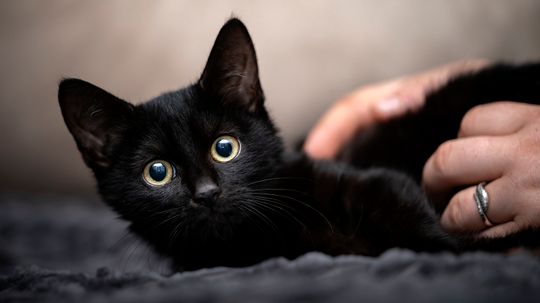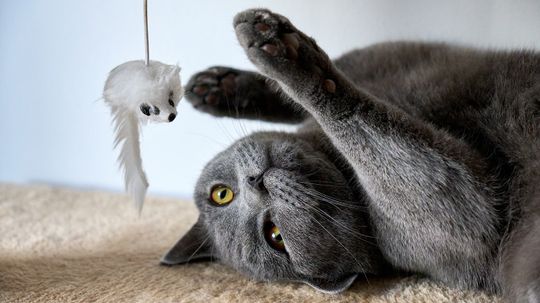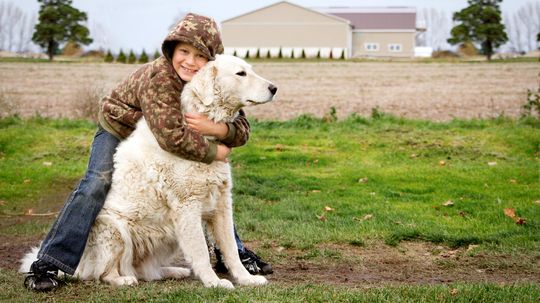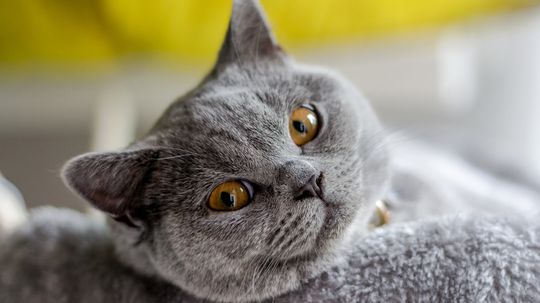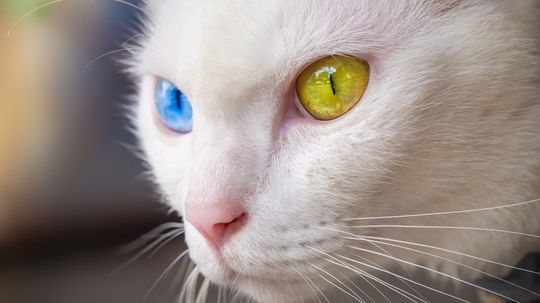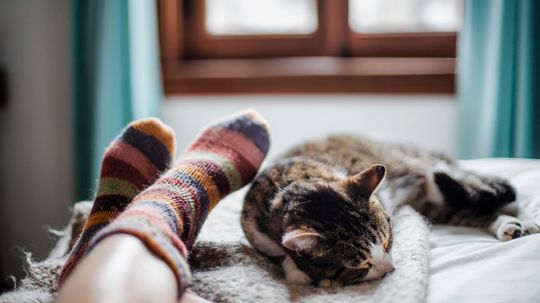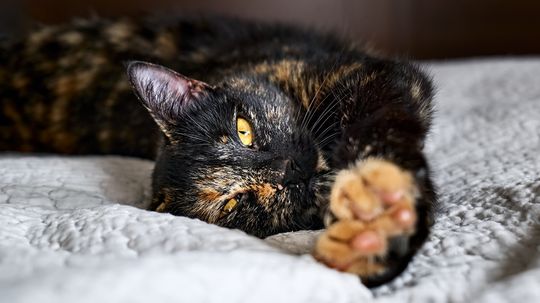Pets
Pets make wonderful companions. Learn how to take care of pets, read about common pet behavior issues and injuries and pick up general pet care tips.

Finding the Cutest Rabbit Breed: 7 Fluffy Cuddle Buddies

Pet Frogs: Best for 'Look but Don't Touch' Owners
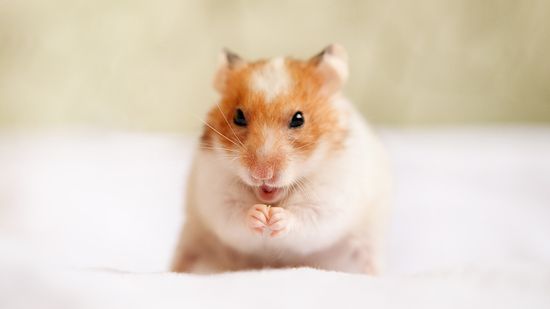
Important Gerbil vs. Hamster Differences for Pet Owners

Are Christmas Trees Toxic to Cats? What About Tree Water?
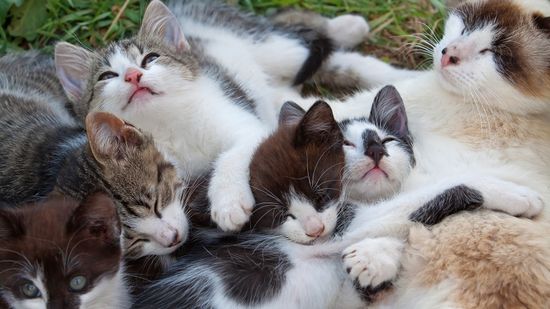
What Is a Group of Cats Called? A Clowder, a Glaring, a Kindle?
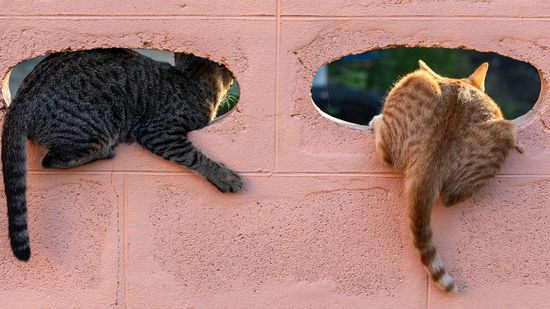
Why Do Cats Put Their Butt in Your Face?

The Portuguese Water Dog Swims With Webbed Paws

Can Dogs Eat Apples or Applesauce?

10 'Hypoallergenic' Dogs (No Dog Is Completely Allergen-Free)

7 Most Beautiful Fish for Any Aquarium
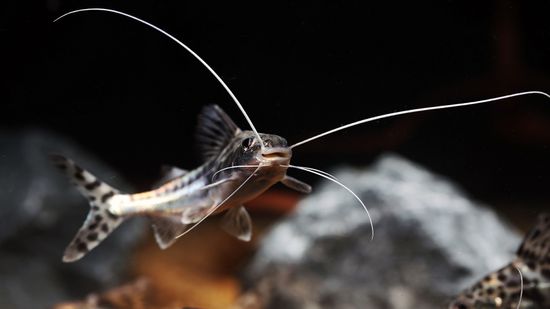
Pictus Catfish: Bottom-feeders That Pick on Smaller Fish
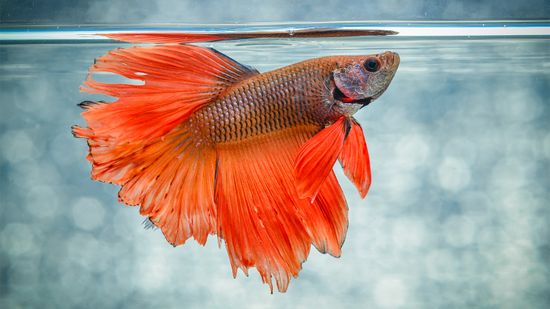
5 Things Everyone Gets Wrong About Betta Fish

Why Is My Cat Sleeping So Much? Do Younger Cats Sleep More?

7 Early Signs a Cat Is Pregnant

10 Easiest Pets to Take Care Of

Dogs Need to Wear Seat Belts, Too. Here's Why

When Car Sharing and Pets Converge

New Ruling Cracks Down on Emotional Support Animals on Planes
Learn More / Page 7
If you're a fan of Siamese cats but wish they came with white feet and a touch more cuddliness, meet the Snowshoe cat. This rare breed is known for its striking tuxedo-like markings, white feet and generally affectionate demeanor.
By Nico Avelle
Graceful, vocal, and wrapped in a silky coat that flows like a ribbon — say hello to the Balinese cat, a breed that blends the elegance of long-haired cats with the spirited personality of Siamese ancestors.
By Nico Avelle
When people talk about cats, there's one kind that often causes a double take: the black cat. Whether it's pacing across your path or curled up in a cozy sunbeam, black cats have a reputation that stretches back centuries.
By Nico Avelle
Advertisement
Ever seen a cat that looks like a supermodel in a fur coat? Meet the Himalayan cat, the glamor queen (or king) of the feline world. With their long, luxurious coats and those striking blue eyes, they’re practically runway ready.
By Nico Avelle
Tortoiseshell cats, often called "torties," are the rebels of the feline world. With their swirls of orange and black, they’ve inspired myths, memes, and plenty of admiration from cat lovers. But there's more to a tortoiseshell cat than just striking looks.
By Nico Avelle
Tuxedo cats look like they're always dressed to impress. With their crisp black-and-white markings, it's no surprise these felines are favorites in cartoons, ads, and homes around the world. But there's a lot more to a tuxedo cat than its dapper looks.
By Nico Avelle
Tabby cats are everywhere. Whether they're lounging on windowsills or chasing toys across the living room floor, these striped felines are among the most recognizable in the pet world. But there's more to a tabby cat than just its good looks and charming antics.
By Nico Avelle
Advertisement
Few dog breeds embody Arctic adventure like the Alaskan Malamute. Known as one of the oldest sled dog breeds, these dogs are built for stamina, strength and snowy terrain.
By Nico Avelle
After watching decades of Bugs Bunny cartoons, we have been fooled into thinking that rabbits eat carrots. Turns out, the image of a rabbit eating a carrot is the equivalent of a child eating ice cream; they do eat these sugary treats, but only in moderation, as it's not good for their health.
By Ada Tseng
Cats come in so many shapes, sizes and fur patterns, making them some of the most diverse animals on the planet. From long-haired giants to sleek, hairless wonders, different breeds have evolved to match a variety of lifestyles and personalities.
By Zach Taras
At first glance, the red heeler vs. blue heeler debate seems like a showdown between two different dog breeds. But here's the twist: Both are color variations of the same dog breed,the Australian Cattle Dog.
By Nico Avelle
Advertisement
The many types of dogs are as diverse as the jobs humans have bred them to perform. From herding dogs to hunting hounds, people have been breeding dogs since prehistoric times to help with tasks like guarding, retrieving and companionship.
By Zach Taras
Livestock guardian dogs are some of the most incredible canines in the animal kingdom. These hardworking pups specialize in protecting livestock from predators, whether it's wolves, coyotes or even bears.
By Mack Hayden
With their playful antics, independent personalities and affectionate ways, cats are some of the most beloved pets worldwide. From fluffy giants to sleek and elegant felines, domestic cat breeds come in all shapes, sizes and temperaments.
By Ada Tseng
You've likely heard of more popular domestic cat breeds, including Persian cats, Burmese cats, Siamese cats, British shorthairs, American shorthairs, Maine Coons and Ragdolls.
By Ada Tseng
Advertisement
There's a common image of a bunny munching on a carrot, but would you be surprised to hear that carrots aren't even that good for bunnies? They have a lot of sugar!
By Ada Tseng
These floofs have been living alongside humans for thousands of years. But when were cats domesticated to become our adorable yet aloof companions?
By Mack Hayden
Anyone who's spent time with a cat knows they have some pretty interesting sleeping habits. If you've ever woken up to find your furry friend snoozing at the end of the bed, you might have wondered why cats sleep at your feet. While many cats choose to sleep at their human companions' feet, the reasons go beyond simple comfort.
By Mack Hayden
Cats have an exceptionally independent personality compared to other pets. There must be some distant memory of being worshipped as gods in ancient Egypt locked away in their genetic code that explains their sassy, uppity nature.
By Mitch Ryan
Advertisement
Orange cats are notorious for their big, bold personalities that seem to take up more space than their small frames. Known for their eccentric quirks and energetic antics, ginger cats have earned a reputation for being full of life — and sometimes a bit wild.
By Karina Ryan
Have you ever wondered why some purebred dogs come with a price tag higher than an international flight?
By Yara Simón
When it comes to multicolored cats, there are several eye-catching felines, some of which are hard to distinguish. Both tortoiseshell and calico cats have vibrant coats and distinctive patterns, which can lead to confusion, but there are key differences between the two.
By Yara Simón
Second only to dogs, domestic cats are among the most common pets that people keep in their homes around the world. Cat lovers raise these animals thanks to their ease of house training and gentle nature compared to much larger animals. All the variation may make you wonder: What are the most common cat breeds?
By Talon Homer
Advertisement
Have you ever wondered what the smallest cat in the world is? While domestic cats can be pretty petite, some small wild cats take tiny to a whole new level. These petite kitties are mighty hunters, expert climbers and masters of camouflage.
By Mack Hayden
Man's best buddy lives for 10 to 13 years, on average. But the longest-living dog more than doubled that time on Earth.


